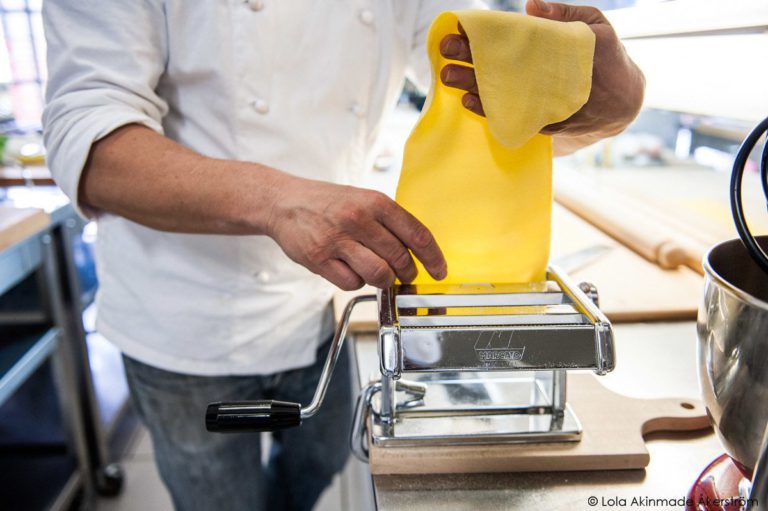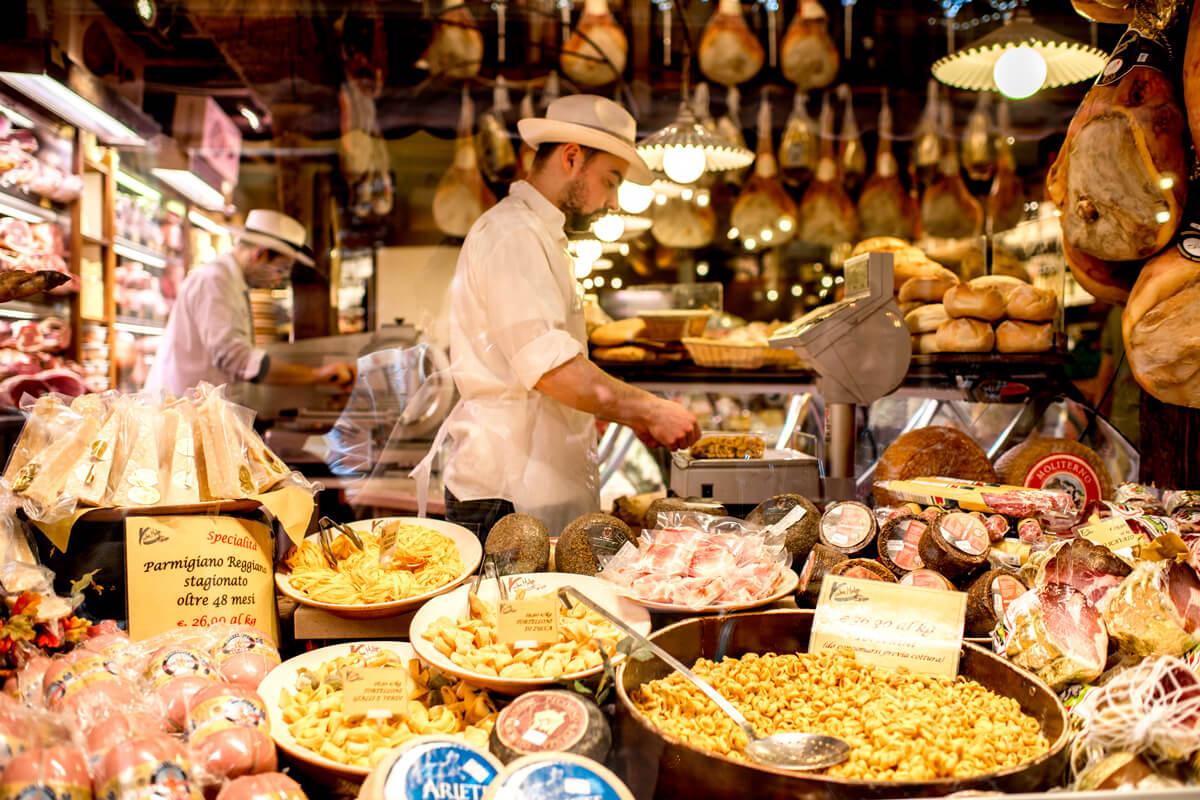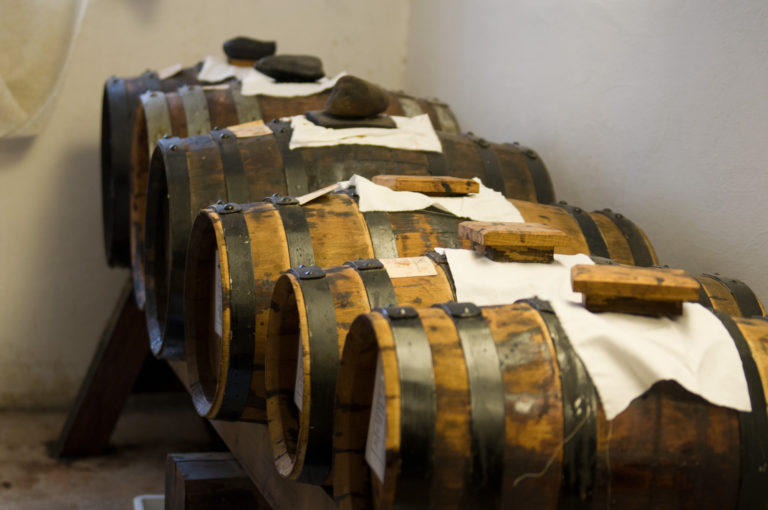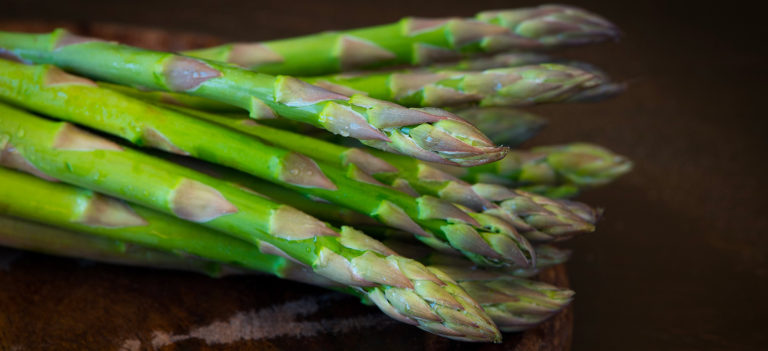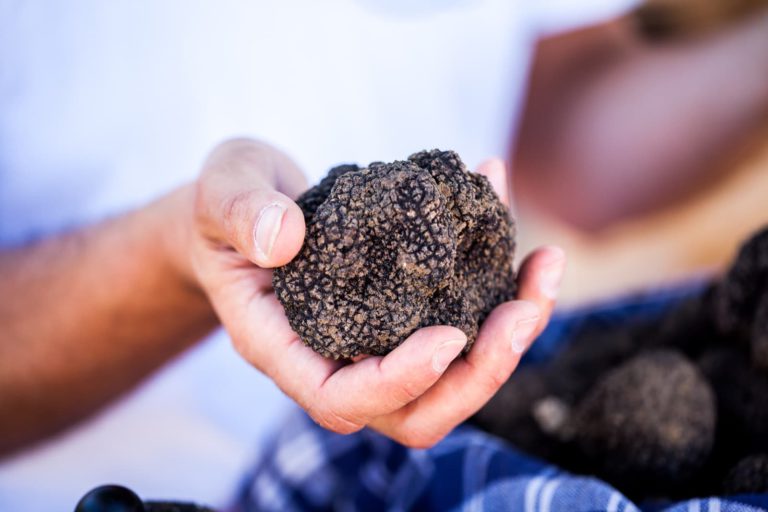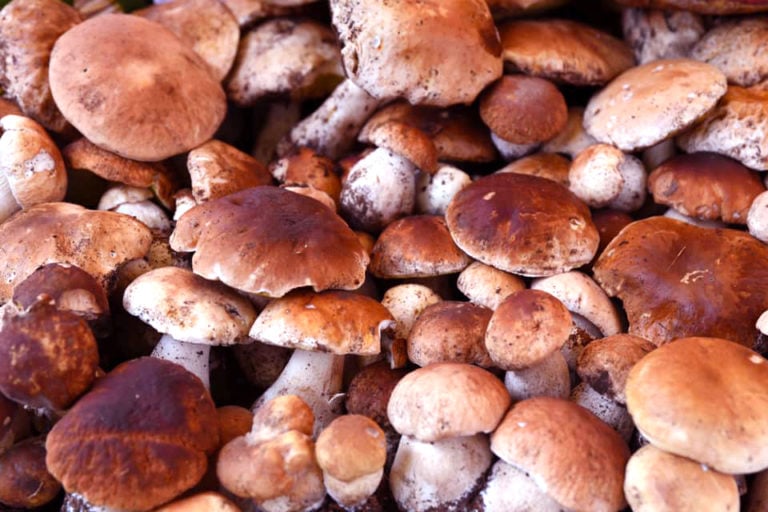It is said that nothing is thrown away when it comes to pork. And we can only agree, also because if you know how to prepare it well, its taste is truly delicious.
In Emilia-Romagna we are masters of pork processing, so much so that today there are no less than 14 PDO (Protected Designation of Origin) and PGI (Protected Geographical Indication) products (out of a total of 44) made with pork. A single, irresistible temptation for many different tastes.
Here are all the PDO and PGI pigmeat products typical of Emilia-Romagna, in alphabetical order.
Coppa di Parma PGI
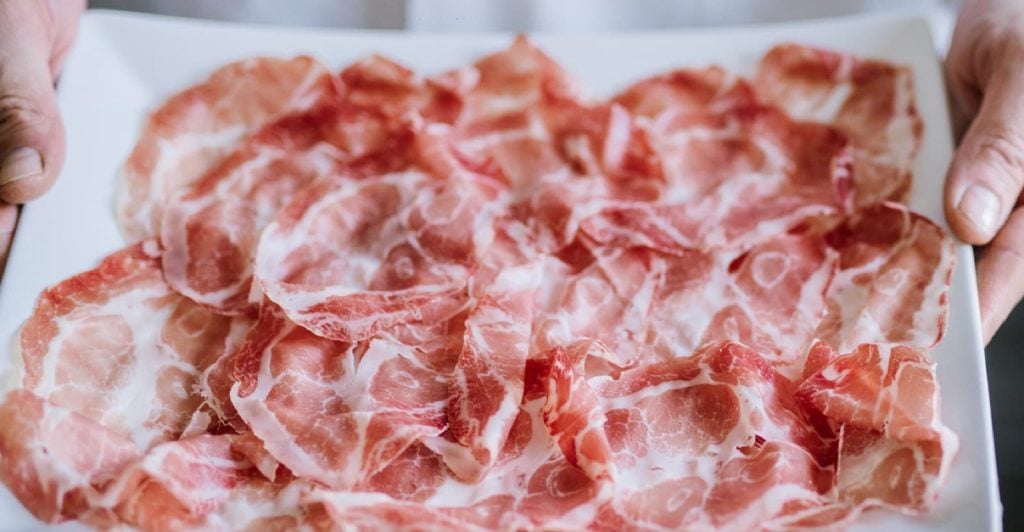
Coppa di Parma PGI, a masterpiece of Parma cured meats, is a soft and delicate sausage with ancient origins; it has been mentioned as a specialty since the 18th century.
Recognized as a PGI since 2011, it is made from the muscular part of the pig’s neck, which is salted for 6-10 days and then matured for a period ranging from 60 days to 6 months.
Coppa Piacentina PDO
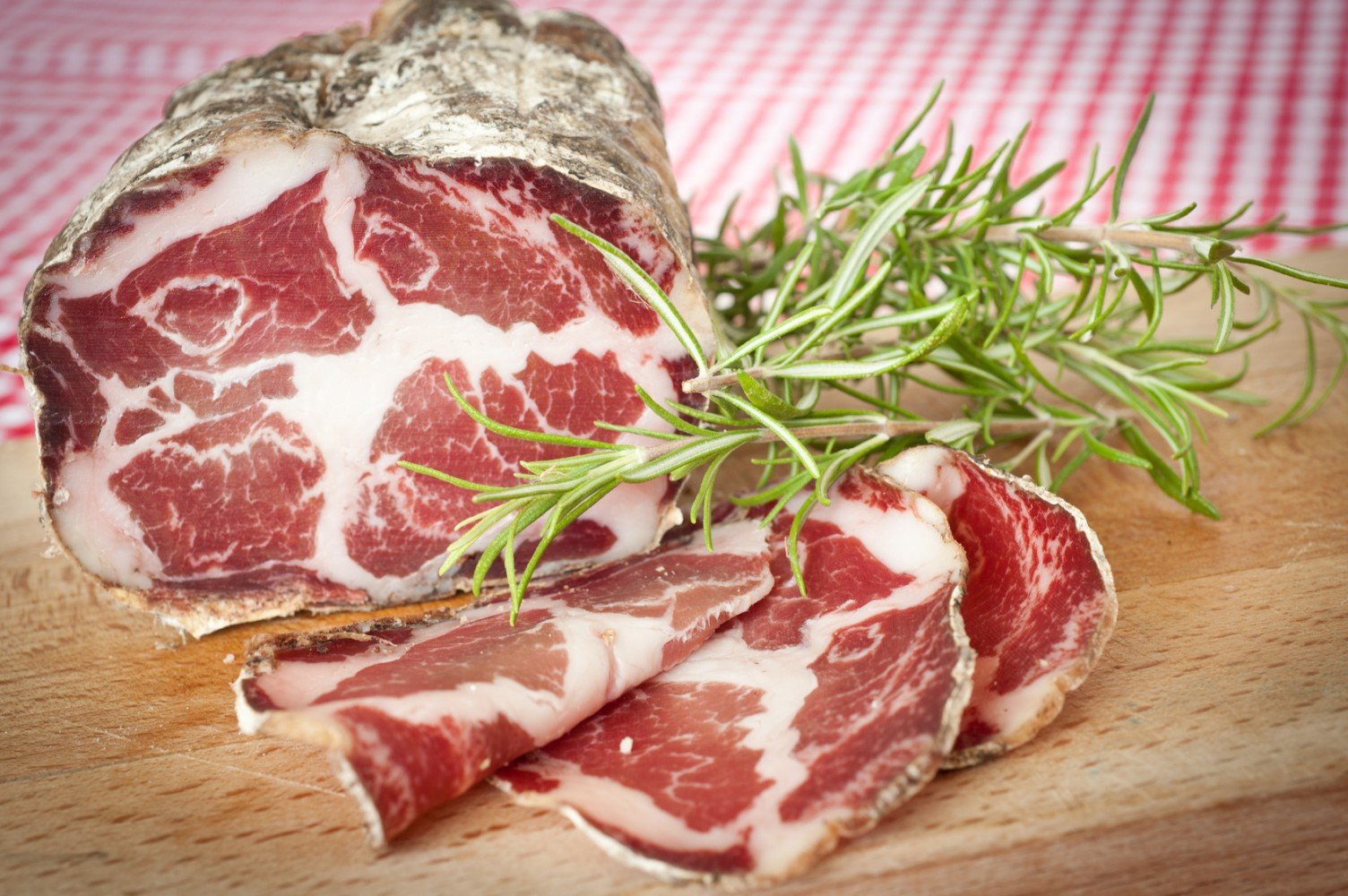
Coppa Piacentina PDO is one of the typical cured meats of the Piacenza area; it has a red and pinkish-white color, a sweet taste, and an intense aroma.
Recognized as a PDO since 1996, it is made from the cervical muscles of the pig, then dry salted and matured for at least six months.
Cotechino Modena PGI
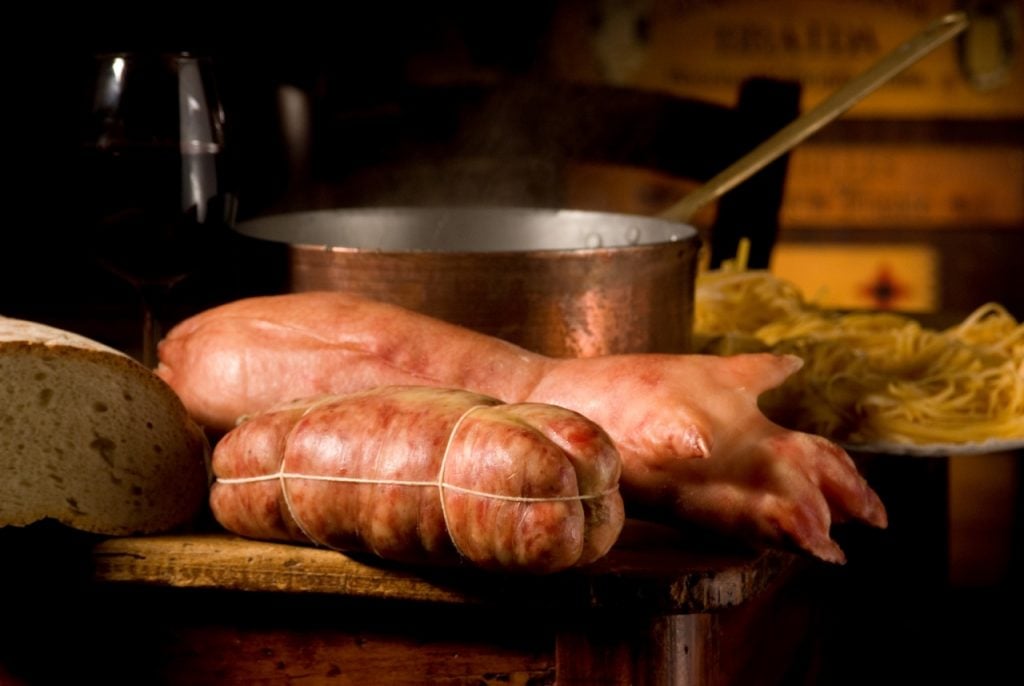
Cotechino Modena PGI, often dubbed the father of all cured meats, is an essential part of the Christmas and New Year’s table, but it can also be eaten at other times of the year thanks to its versatility in the kitchen.
Recognized as a PGI since 1999, it is made from a mixture of minced pork meat (striated muscle, fat, skin, and rind (cotenna in Italian, from which it takes its name) seasoned with spices, wine and herbs such as cloves, pepper, nutmeg, and cinnamon.
Culatello di Zibello PDO
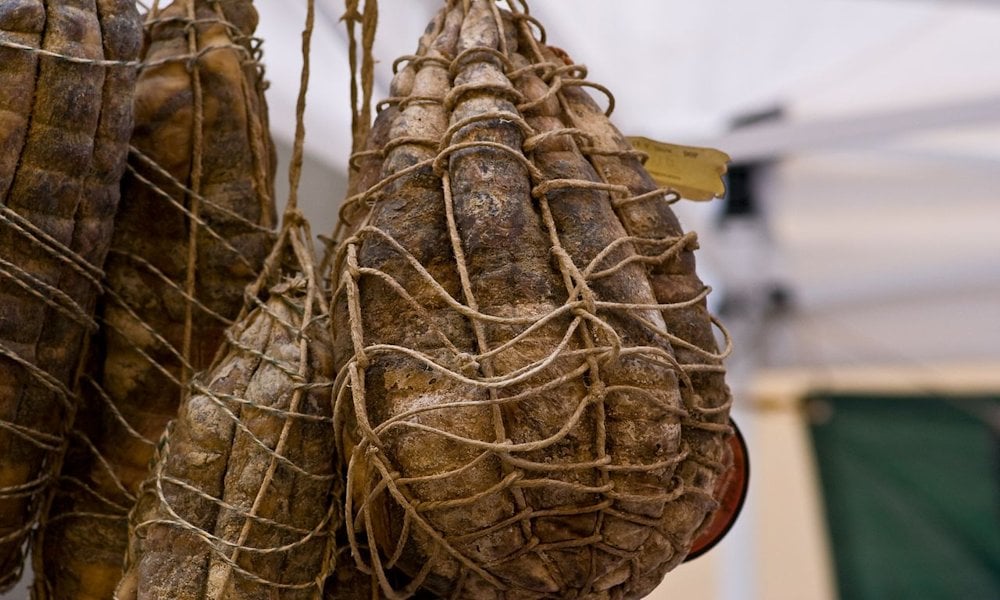
Culatello di Zibello PDO is one of Italy’s most prestigious cured meats. It is produced exclusively in the Bassa Parmense area (in the towns of Busseto, Polesine Parmense and Zibello, Soragna, Roccabianca, San Secondo, Sissa, and Colorno) along the River Po: an area with a cold, humid climate in winter and a hot climate in summer, which is a decisive factor in its seasoning.
Recognized as a PDO since 1996, it is made from the best part of the pig’s leg, salted, and matured for at least 10 months.
Mortadella Bologna PGI
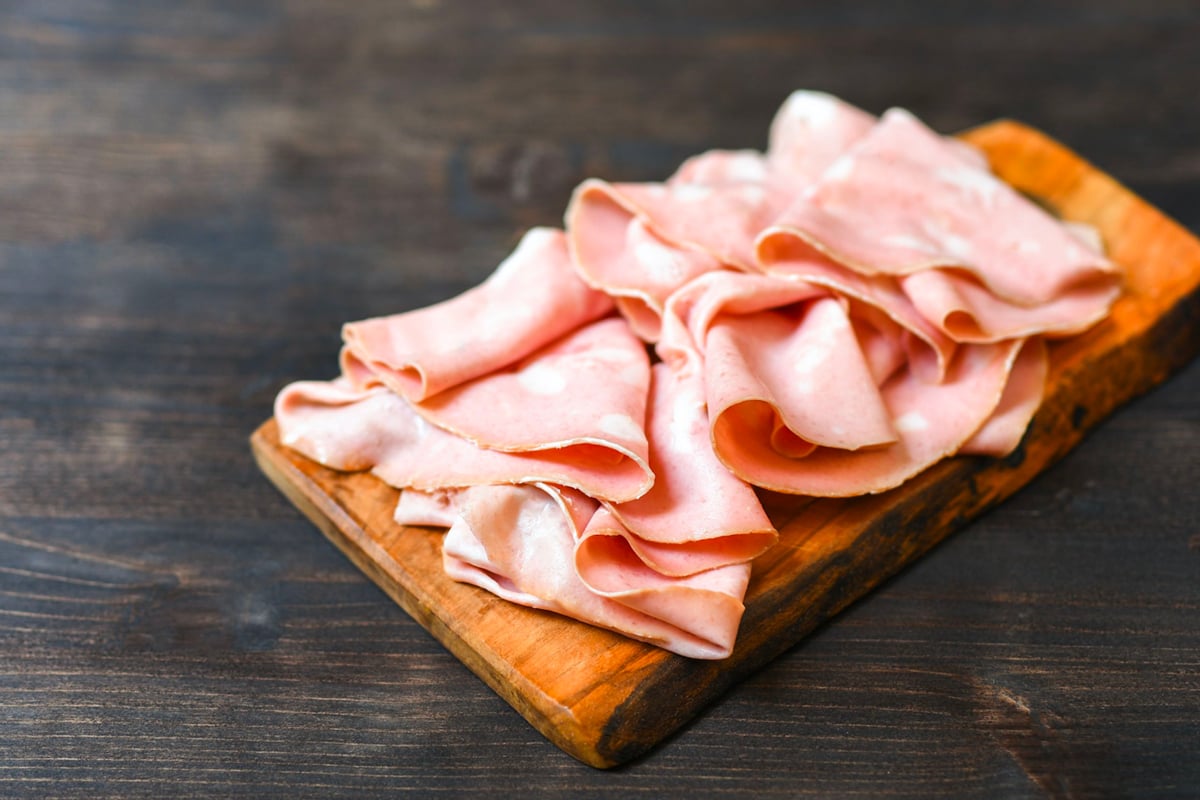
Mortadella Bologna PGI is the symbol of the city of Bologna in the world, so much so that it is often referred to as ‘la Bologna’, both in Italy and abroad. Its aroma is delicious and unmistakable, and its taste leaves everyone speechless.
Recognized with the PGI mark since 1998, it is made by mixing a pinkish lean part, mostly from the shoulder of the pig, with one of the most valuable fatty parts of the pig, the throat fat.
Pancetta Piacentina PDO
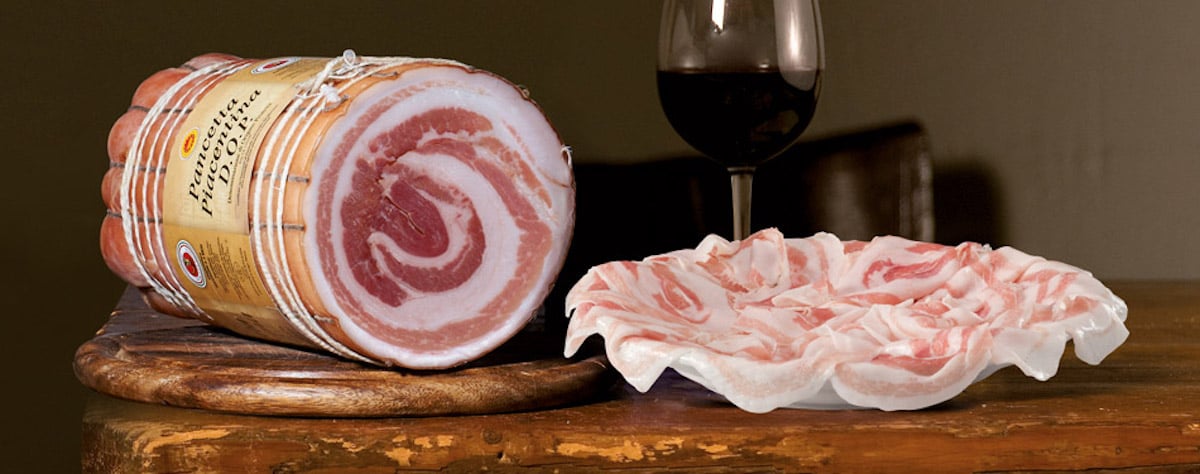
Pancetta Piacentina PDO, with its typical tasty and delicate flavor, is an excellent product of the Emilian culinary tradition. It is produced in the province of Piacenza and comes from pigs reared exclusively on farms in Lombardy and Emilia.
Recognized as a PDO since 1996, it is made from pork ‘pancetta’ seasoned with a precise blend of ingredients and matured for at least 45 days.
Prosciutto di Modena PDO
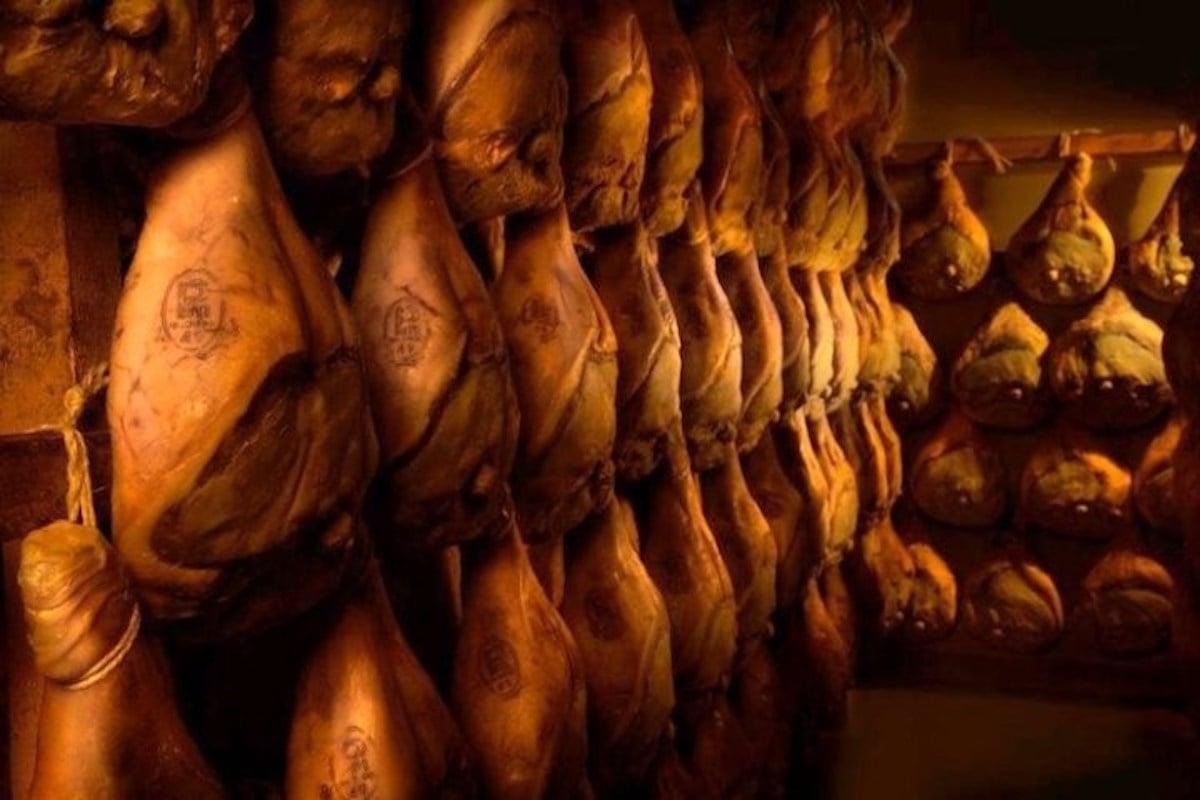
Prosciutto di Modena PDO has a production area limited to the hilly area around the Panaro River basin and its confluent valleys, at an altitude of no more than 900 meters.
Recognized as a PDO since 1996, it is made from the legs of pigs born, reared, and slaughtered in 10 Italian regions, and then processed according to strict rules: salting, resting, washing, drying, and curing for at least 14 months.
Prosciutto di Parma PDO
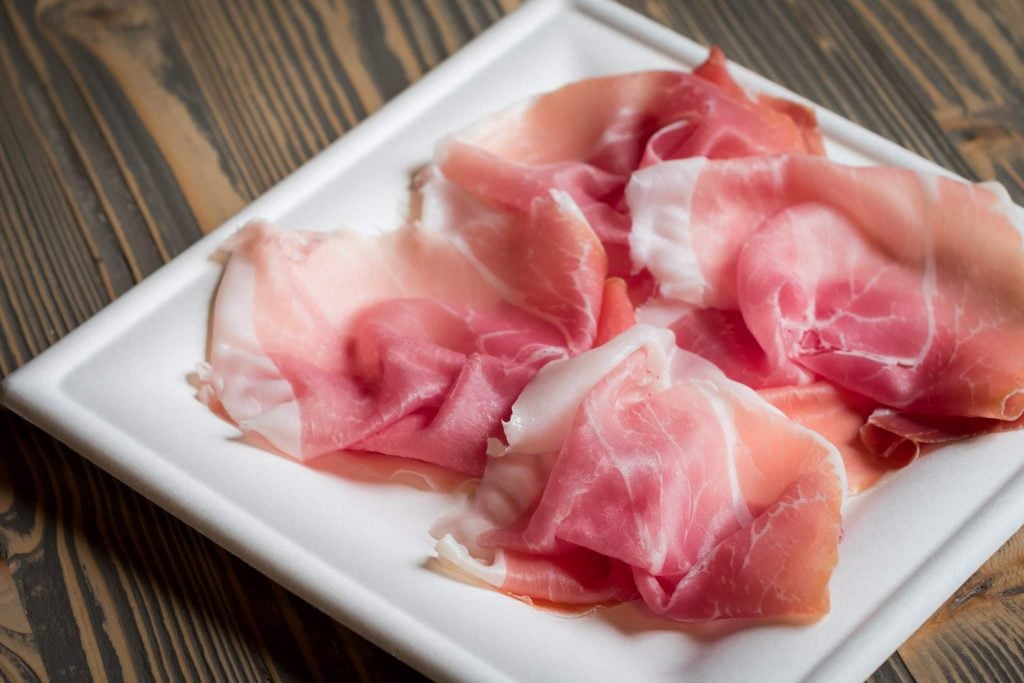
Prosciutto di Parma PDO has a clearly defined production area: the territory in the province of Parma between the Enza and Stirone rivers, from 5 km south of the Via Emilia to a maximum altitude of 900 meters.
Recognized as a PDO since 1996, it is prepared with a few simple ingredients: in addition to the leg of pork, which must be born and reared in Italy, only salt is used. Cured for at least 12 months in the dry, perfumed air of the Parma hills, this ham is renowned throughout the world for its unmistakable sweetness.
Salama da Sugo PGI
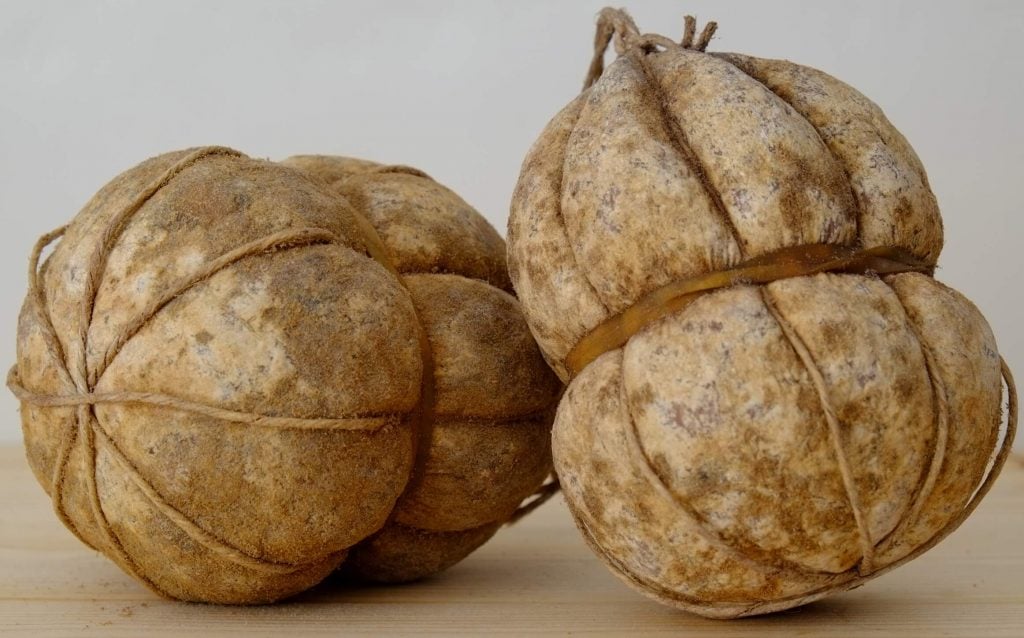
Salama da Sugo PGI is one of the most characteristic dishes of Ferrara’s cuisine: it is a cured meat whose origins date back to the Renaissance, when the Dukes of Este made it the main dish of their banquets.
Recognized as a PGI since 2014, it’s made with a careful selection of pork meats (collar, neck, cheek, belly, tongue, and liver), seasoned with herbs and spices, and matured for at least 6 months.
Salame Cremona PGI
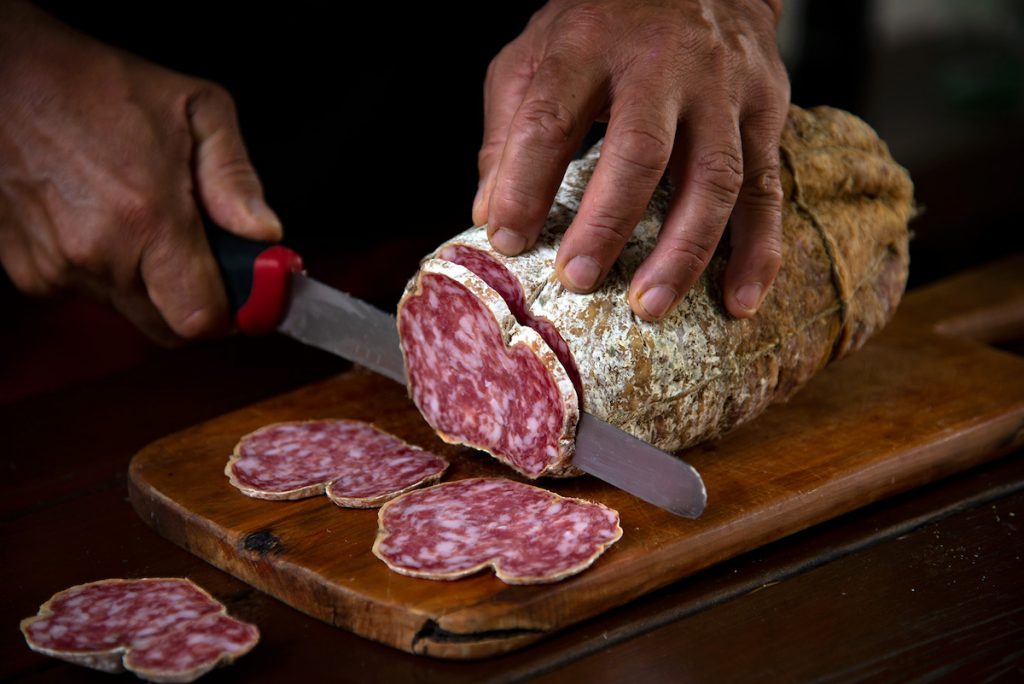
Salame Cremona PGI is a soft sausage with an aromatic and strong flavor.
Recognized as a PGI since 2007, it’s made from the meat of pigs reared exclusively in the regions of Piedmont, Lombardy, Emilia Romagna & Veneto, seasoned with salt and crushed garlic, and matured for a minimum of 5 weeks and up to 4 months.
Salame Felino PGI

Salame Felino PGI, produced in the green Baganza Valley in the province of Parma, owes its name to the small town of Felino, the historical center of its production since ancient times, where today there’s even a museum dedicated to it.
The oldest depiction of it, dating back to the 12th century, seems to be the one created by Benedetto Antelami in the Baptistery of Parma, in bas-relief of the zodiac sign of Aquarius.
Recognized as a PGI since 2013, this soft and tender sausage consists of 75% lean meat and 25% fat and requires a minimum of 29 days of maturation.
Salame Piacentino PDO
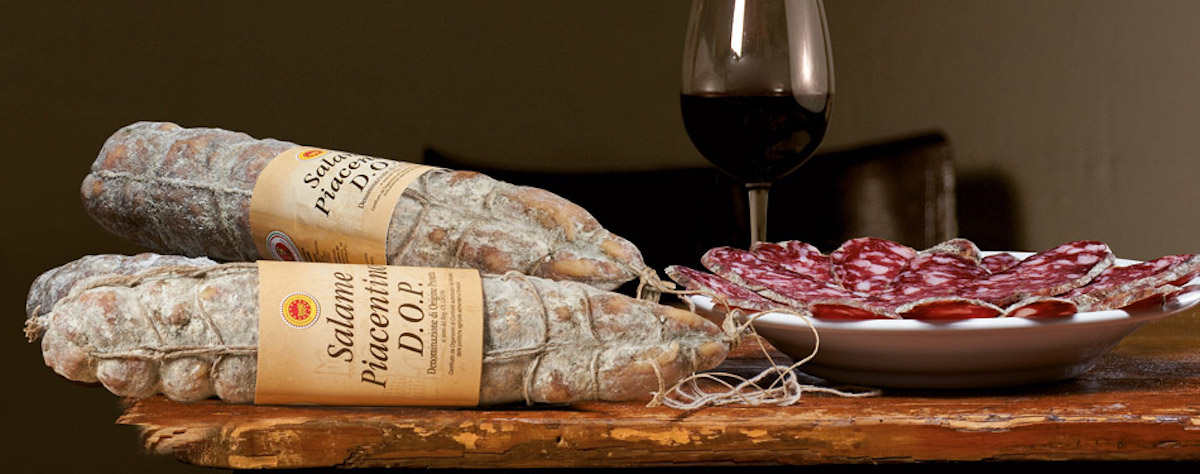
Salame Piacentino PDO is one of the typical cured meats of the province of Piacenza.
Recognized with the DOP mark since 1996, it is characterized by its coarse texture, soft consistency, and a hint of spices. Its characteristic taste comes from the addition of salt, pepper, garlic, wine & sugar to the minced meat, and from a minimum of 45 days of maturing.
Salamini italiani alla Cacciatora PDO
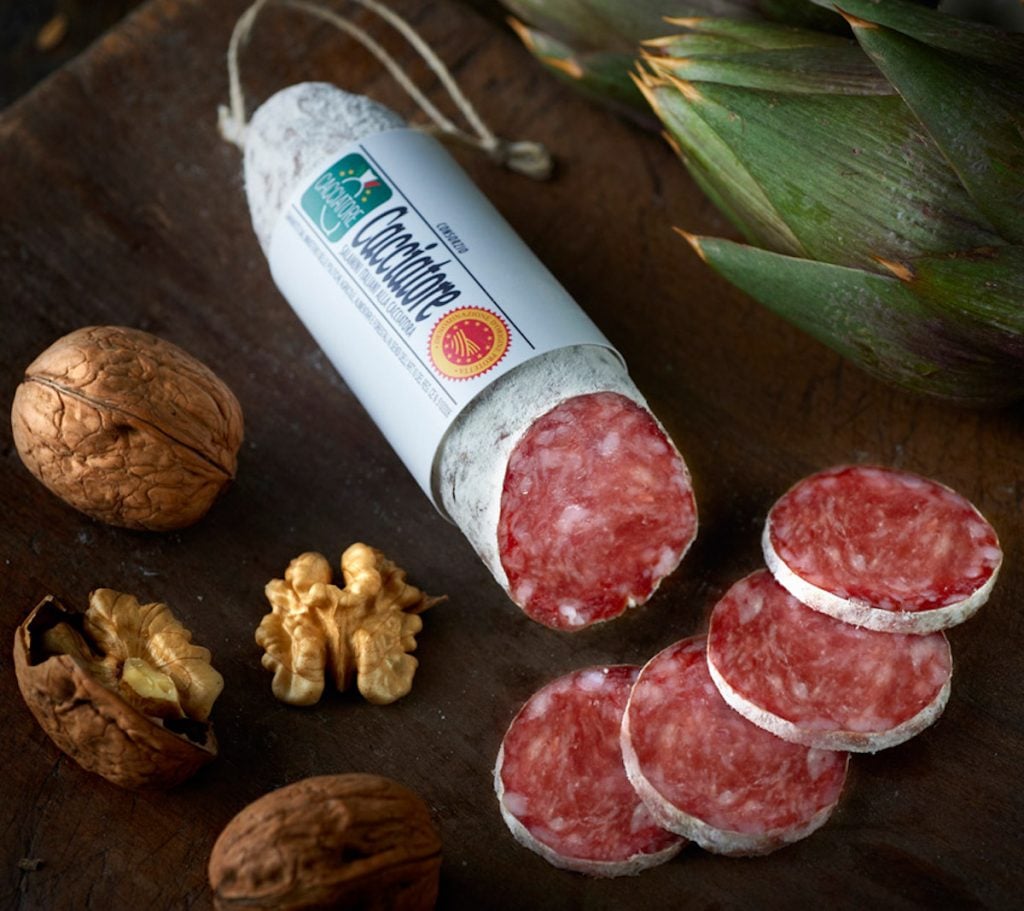
Salamini Italiani alla Cacciatora PDO are characterized by their sweet, delicate flavor and small size, which makes them very practical to eat. They owe their name to a widespread custom of hunters to carry this salami with them during their hunts.
Recognized since 2001 with the PDO mark, the noblest cuts of pork are selected to produce them, which are seasoned with salt, pepper and garlic, and left to mature for at least 10 days.
Zampone Modena PGI
Zampone di Modena PGI is a salami with a typical and intense flavor, consumed mainly at Christmas and in winter.
Recognized as a PGI since 1999, it’s made from a mixture of minced meat from different parts of the pig (cheek, head, throat, and shoulder), with the addition of salt and spices that vary from producer to producer.
Author

Elisa Mazzini
Social Media Manager for @inEmiliaRomagna and full-time mom.
You may also like
Emilia-Romagna PDOs and PGIs: a journey through Italy’s Food Valley
by Walter Manni /// January 16, 2024
Emilia-Romagna’s traditional cheeses
by Maria Grazia Masotti /// March 14, 2024
Emilia-Romagna’s Food Markets that You cannot miss!
by Davide Marino /// March 15, 2023

Interested in our newsletter?
Every first of the month, an email (in Italian) with selected contents and upcoming events.
Green Asparagus from Altedo PGI: 4 traditional recipes to best enjoy them
by Walter Manni /// March 26, 2020
